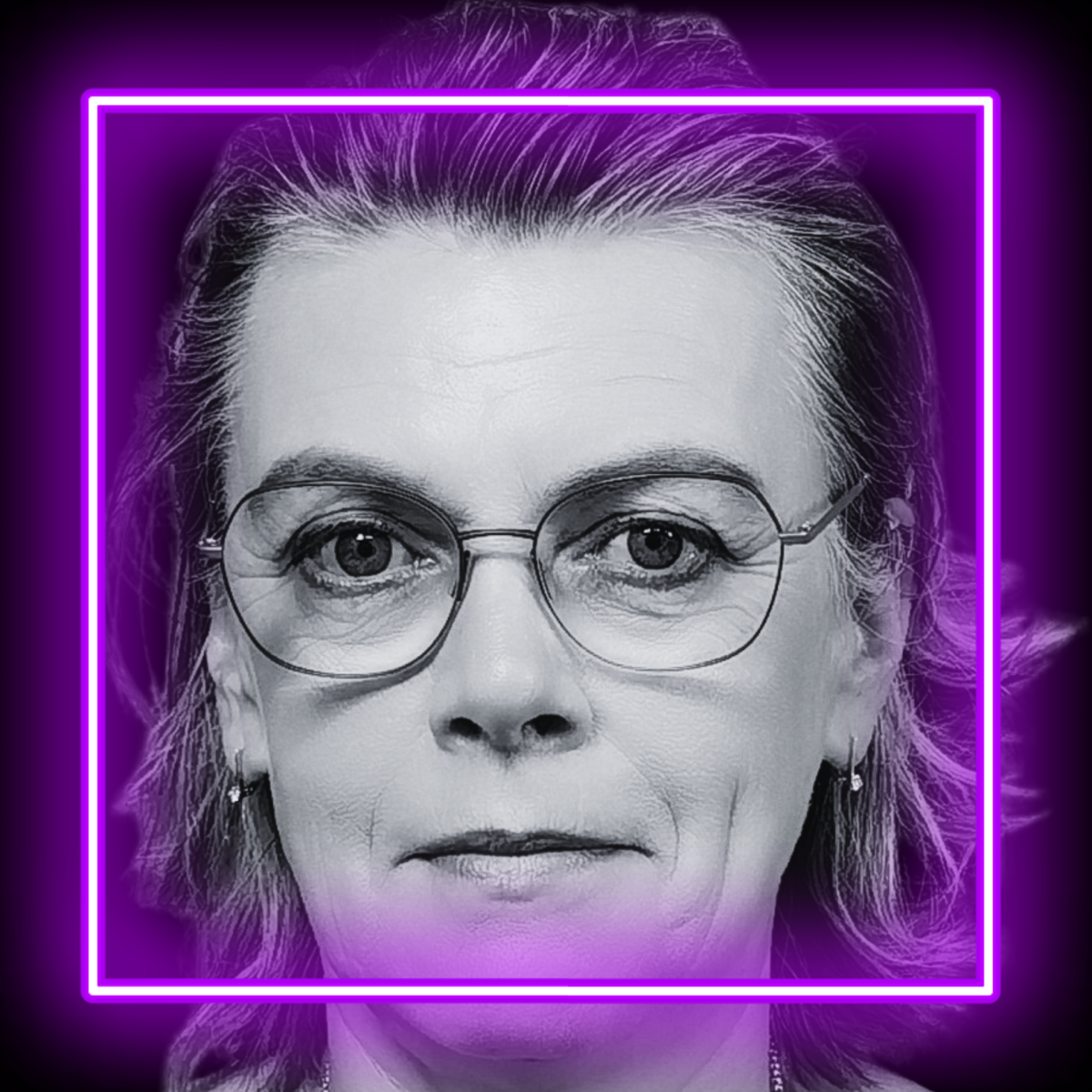Natalia Markova - Head of Science Pharma, Malvern Panalytical
Natalia Markova - Head of Science Pharma, Malvern Panalytical
Biography
Natalia Markova has a degree in Civil Engineering and a PhD in Physical Chemistry from University of Lund, Sweden. During the last 20 years Natalia has worked on core teams of drug discovery campaigns and biopharmaceutical development projects as Senior Scientist at Pharmacia-Biovitrum in Stockholm and Head of Biophysics at the Structural Genomics Consortium, Karolinska Institute.
Natalia was a co-founder of a contract research organization iNovacia where she coordinated and executed drug discovery and biomolecular characterization services for Pharma customers from US and Europe.
Prior to joining Malvern Panalytical in 2014 Natalia held a global position of Senior Customer Relation Manager at GE Healthcare Life Sciences where she led collaborations and label-free technology development projects including microcalorimetry and biosensors. At Malvern Panalytical Natalia continues to work on the development and applications of label-free technologies through multiple roles including Principal Scientist of MicroCal and Director of Bioscience driving PEAQ®-ITC/DSC launches and development of novel applications such as resonance mass measurements for sub-visible particle characterization with Archimedes®, and characterization of viral and non-viral vectors with ZetaSizer® Advanced, OMNISEC® (multiple detection SEC) and PEAQ-DSC.
Presently, Natalia holds a position of Head of Science, Pharma & Food Sector. Natalia has first-hand advanced knowledge of multiple biophysical techniques for solid- and liquid-state analyses including microcalorimetry, thermal analysis, biosensors, light scattering and fluorescence-based technologies, circular dichroism spectroscopy and analytical centrifugation. Together with key opinion leaders from AstraZeneca and Fujifilm Diosynth Biotechnologies Natalia co-authoured 3 book chapters on biophysical methods in drug discovery and biopharmaceutical development, published more than 50 peer-reviewed scientic papers (including in Nature Communications and Nature Biotechnology). She is frequently presenting at scientific conferences as invited speaker and subject-matter expert as well as co-organizing technology and application-focused workshops on the subjects of drug discovery and development including traditional and novel modalities like mRNA-LNPs and AAVs.
Interview
NanoSphere: Tell us a bit about yourself—your background, journey, and what led you to where you are today.
Natalia: I've always been drawn to how things come together—how a final product can emerge from a series of complex, interconnected steps. With an engineering background, that fascination began with chemical processes, but over time, my focus shifted toward biotechnology and then biophysical methods. What I enjoy most is connecting the dots—whether it’s piecing together data from different technologies or bringing the right people together to solve a problem. Throughout my professional journey in pharma, CRO, academic consortia, and instrument manufacturers, I’ve found real energy in collaborative projects and the creative problem-solving that comes from combining different perspectives and tools. Currently, I’m working with a great team at Malvern Panalytical, where I focus on the development and application of biophysical methods in Life Sciences and Pharma. It’s a role that gives me plenty of opportunities to keep exploring that interest.
NanoSphere: You've played a significant role in organizing forums like the Applied Biophysics Forum in Drug Delivery. During this forum emerging technologies in LNP characterization were discussed. What motivated you to initiate these events, and how do you envision their impact on the field of LNP characterization? Could you share insights on any novel (or repurposed) analytical techniques that stood out and their potential implications for the industry?
NanoSphere: Your recent work explores thermodynamic signatures of LNPs using DSC. What do you believe is the most underappreciated value of DSC in LNP characterization? The idea of 'silent lipids' you mention in the Journal of Pharmaceutical Sciences paper is intriguing.
How should formulators adapt their design strategy if certain lipids produce no thermal signature?Natalia: Thanks to the expertise in particle characterization technologies, the teams at Malvern Panalytical were able to get involved early on with scientists working on LNP research and development. These collaborations quickly expanded into sharing best practices for stage-specific applications, method optimization, and data interpretation—particularly with DLS and NTA technologies. At the same time, the engagement with LNP developers made it clear that there are still many open questions around LNP structure and stability.
Fit-for-purpose analytics and thoughtful approaches to data interpretation are definitely needed. That’s when I thought it was the right moment to bring differential scanning calorimetry (DSC) into the spotlight. DSC has been a key tool in lipid research for decades, although it's more widely recognized today for its role in accelerating monoclonal antibody (mAb) development. It’s also been used in studies of nucleic acids and lipoplexes. Our first DSC experiments on LNP samples in 2021 were promising—showing clear, cooperative thermal transitions in LNPs loaded with mRNA. As Sir William Henry Bragg once said, “The important thing in science is not so much to obtain new facts as to discover new ways of thinking about them.” That quote really resonates here. Drawing on earlier DSC work followed by additional DSC experiments and supporting data collected for benchmark LNP formulations, we came to key insights:
- DSC profiles of LNPs are not a simple superposition of profiles of the individual components
- LNPs appear to be stabilized by a network of characteristic interactions between mRNA and lipids with contribution from counterions
- DSC profiles could serve as fingerprints to compare and evaluate effects of stress and formulation conditions on LNP preparations
- RNA structure can be probed with DSC in a range of concentration and buffer conditions that could be challenging for CD ad UV detection
- DSC data corroborate recently published computational models of LNP structural dynamics indicating presence of protonated ionizable lipids bound to mRNA in the core of LNPs.
The presence of these species could be responsible for lower amplitudes of DSC signal observed in TRIS buffer relative to PBS for the same LNP formulations . We’ve since shared some of these findings in joint publications, including in Vaccines and the Journal of Controlled Release and more is on the way.
I really hope DSC gets the attention it deserves to the benefit of LNP research and development. It’s a simple, benchtop tool that’s widely accessible, and there's growing evidence—both from academic and industry labs—showing just how useful it can be. One recent example that’s worth mentioning is a study from a team of Korean and American researchers. They used DSC in a project centred on development of new ionizable lipids and LNP formulations. Their findings showed that the lipid transition temperature (Tm)—basically the point where lipids shift from a gel to a liquid crystalline phase—can help guide the choice of helper lipids in a more rational way.
NanoSphere: You've played a significant role in organizing forums like the Applied Biophysics Forum in Drug Delivery. During this forum emerging technologies in LNP characterization were discussed. What motivated you to initiate these events, and how do you envision their impact on the field of LNP characterization? Could you share insights on any novel (or repurposed) analytical techniques that stood out and their potential implications for the industry?
Natalia: Thank you, I’m really excited about this event because it’s closely tied to my passion for “connecting the dots.” It all started in 2021 with a collaboration on analytics for nucleic acid delivery vectors. We noticed a lot of confusion around what different biophysical techniques could—and couldn’t—do, so we decided to publish a peer-reviewed best-practice paper to help clarify things. That led to the idea of hosting an event focused on applied biophysics and its role in tackling challenges in the field. After gathering a fantastic group of European academics and industry experts, we created a program designed to bridge the gap between industry and academia, encouraging the sharing of data and insights. In every workshop, we dedicate an entire session to emerging and re-purposed techniques. In the most recent workshop, we covered techniques like X-ray fluorescence and scattering to study lipid monolayers adsorbing mRNA, as well as Cryo-EM to characterize mRNA-LNP subpopulations. These presentations raised awareness of the intricacies of mRNA-lipid interactions and the extent of heterogeneity of LNP preparations. Last but not least, we discussed technologies used to assemble LNPs, as they impact the physico-chemical properties and performance of LNP formulations, with potential effects on reproducibility and translational potential of the findings. What sets our event apart is our focus on the tough stuff—the challenges of interpreting data and developing the right analytical methods. Since launching the Applied Biophysics Forum in 2023, it’s grown into a two-day event, driven by increasing interest and high-quality content. Save the date! Our next workshop will be on June 10-11, 2026, in Strasbourg, and we’d love for you to join us!
NanoSphere: If there’s one key message or insight you’d like to share with readers about the future of nanomedicine, what would it be?
Natalia: Progress in the dynamic and evolving field of nanomedicine depends on our ability to apply fit-for-purpose biophysical methods and share expertise on their complementary and orthogonal use, best practices, and data interpretation. I really appreciate the efforts of Nanosphere in connecting researchers in the field for open collaboration and knowledge sharing.
Natalia: Progress in the dynamic and evolving field of nanomedicine depends on our ability to apply fit-for-purpose biophysical methods and share expertise on their complementary and orthogonal use, best practices, and data interpretation. I really appreciate the efforts of Nanosphere in connecting researchers in the field for open collaboration and knowledge sharing.

